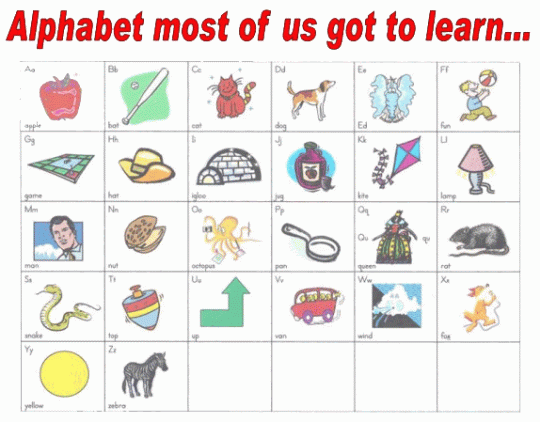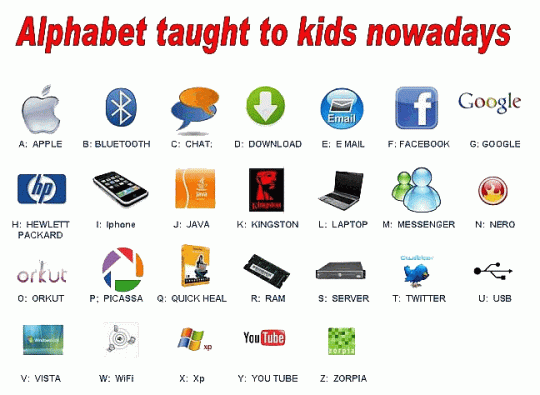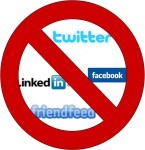If there’s one thing the Christchurch earthquakes have taught us, it’s the importance of current backups for all digital data. When was the last time you backed up your desktop computer, laptop or phone? I recently bought a 1TB external hard drive for my laptop at home but am the first to admit that, other than serving as a really large holding space for my music files, I have little faith in its ability to restore everything up in a disaster. Firstly, I’m not as organised at systematically backing up files as I’d like to be and, secondly, there’s no guarantee that a falling object will crush my laptop but miraculously miss my external hard drive located somewhere else in the house.
Derek Wenmoth’s post earlier this year about clouds and silver linings highlighted the value of storing digital data offsite. There are a plethora of cloud-based synchronising services available, many with a substantial amount of free storage as well as options for professional subscriptions. The concept is great: back up important content by sending it into the cloud, or synchronise various digital devices (computers, laptops, mobiles) in one central location. It can also be a good way to share folders and files with others. But what about security and bandwidth issues? Is cloud syncing more of a short or long term solution?
I have been playing with a couple of online synching tools recently. I have long had a partially utilised Dropbox account and have recently come across SugarSync. Here are my general impressions of both.
Dropbox
 Dropbox has been around since 2007 and this review gives you a quick glance at its services. The basic plan gives you 2GB of free storage with options to upgrade to pro versions. It works well for Windows, Mac and Linux but has limited mobile functionality, even though it has applications for iPhone, Android and Blackberry. The web interface is simple to use although it only allows you to sync one folder of content. Be aware that their privacy policy was modified in April 2011 to read: “We may disclose to parties outside Dropbox files stored in your Dropbox and information about you that we collect when we have a good faith believe that disclose is reasonably necessary.” That’s not to say that everything you store is automatically shared with the masses, but I’d take a cautious approach, as I would with any cloud-based storage system.
Dropbox has been around since 2007 and this review gives you a quick glance at its services. The basic plan gives you 2GB of free storage with options to upgrade to pro versions. It works well for Windows, Mac and Linux but has limited mobile functionality, even though it has applications for iPhone, Android and Blackberry. The web interface is simple to use although it only allows you to sync one folder of content. Be aware that their privacy policy was modified in April 2011 to read: “We may disclose to parties outside Dropbox files stored in your Dropbox and information about you that we collect when we have a good faith believe that disclose is reasonably necessary.” That’s not to say that everything you store is automatically shared with the masses, but I’d take a cautious approach, as I would with any cloud-based storage system.
SugarSync
 I have only recently ‘discovered’ SugarSync. So far, it’s looking pretty good to me. The basic, personal service is free and allows around 5GB of storage but with a 25MB limit for public file sharing. That’s important if you’re wanting to share videos. It offers services across a range of platforms and its mobile applications seem more stable than Dropbox. There are multiple ways to increase the free storage limit, including various types of referrals allowing another 500MB each, but I found many of them to be quite gimmicky. It is easy to synchronise multiple folders and files via the Magic Briefcase icon on your desktop (which takes you to the web interface). Security appears to be similar to Dropbox; nothing in the cloud is ever 100% secure.
I have only recently ‘discovered’ SugarSync. So far, it’s looking pretty good to me. The basic, personal service is free and allows around 5GB of storage but with a 25MB limit for public file sharing. That’s important if you’re wanting to share videos. It offers services across a range of platforms and its mobile applications seem more stable than Dropbox. There are multiple ways to increase the free storage limit, including various types of referrals allowing another 500MB each, but I found many of them to be quite gimmicky. It is easy to synchronise multiple folders and files via the Magic Briefcase icon on your desktop (which takes you to the web interface). Security appears to be similar to Dropbox; nothing in the cloud is ever 100% secure.
A more comprehensive comparison between Dropbox and SugarSync can be found here.







